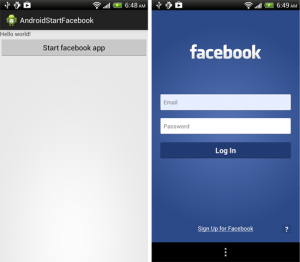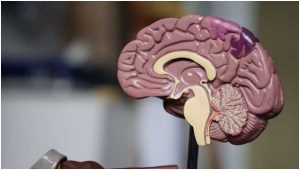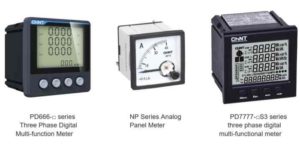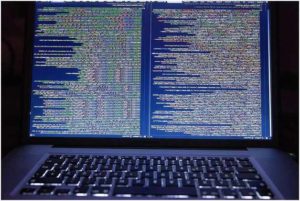The Key to Smart Kubernetes Monitoring
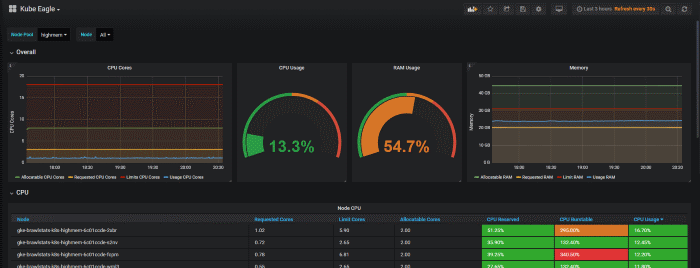
Also known as k8s, Kubernetes is one of the most popular systems for achieving automated, streamlined scaling, management tasks and deployment of apps. The highly efficient COS (container-organization system) first came onto the scene as a Google product. It has since become part of the open-source, public-domain CNCF, Cloud-Native Computing Foundation. The system’s stated goal is to offer an automated deployment platform as well as a platform for scaling and operations of application containers across clusters of hosts.
You may already know that Kubernetes works will with all sorts of container tools, particularly Docker. Already, there are dozens of different cloud services that have integrated Kubernetes-specific platforms. There are even for-profit vendors who have created their own specific versions.
The central question for site administrators is how to make sure the system works well once it’s in place. That means monitoring. In order to get a feel for effective monitoring, it’s important to examine the inherent value. Additionally, any discussion of monitoring must include the extreme importance of tags and labels, as well as the need to keep an eye on multiple components.
The Value of Kubernetes
Today’s technology environment is overwhelmed by container systems like Docker. In fact, the main feature of modern infrastructure is containerization. What does that mean for administrators? For one thing, life is much easier for those who work with micro-service architecture where constant releases and super-fast scaling is the name of the game. Because Docker has exploded in popularity, and complex container systems are everywhere, there’s a huge need for container management and orchestration.
Kubernetes is ideally suited to automate scaling, management and deployment of all types of containers, particularly those that run apps focused on services. A popular analogy for understanding Kubernetes monitoring, is a musical orchestra. The conductor does not play an instrument but is arguably the most important person on the stage. That’s because the conductor, in this case the system, tells all the musicians what to do and when to do it.
When properly monitored, a Kubernetes open-source system controls recovery, health-checking, container scheduling, uptime via replication, internal network management, load balancing, resource management and resource allocation.
Kubernetes Monitoring
Is there a downside to all the incredible things Kubernetes does? Monitoring of the system itself, obviously, is the central challenge. Along with the overall health of all your containers and systems that it is “conducting,” you’ll need to monitor Kubernetes itself. This means system administrators need to re-think the very concept of monitoring. Why? Because the inherent design of Kubernetes systems necessitates a new kind of monitoring that includes a key emphasis on the number of components in the system, labels, tags, keeping track of on-the-move applications, and apps that sit on not one, but many different clouds.
Layers Upon Layers
Instead of the traditional two-layer setup, where you only had to monitor your own apps and however many hosts you were dealing with, a Kubernetes system adds a new layer of activity between hosts and containers. In addition, because you never really know the location of an app in a Kubernetes system, it’s vitally important to use labels and tags for everything.
